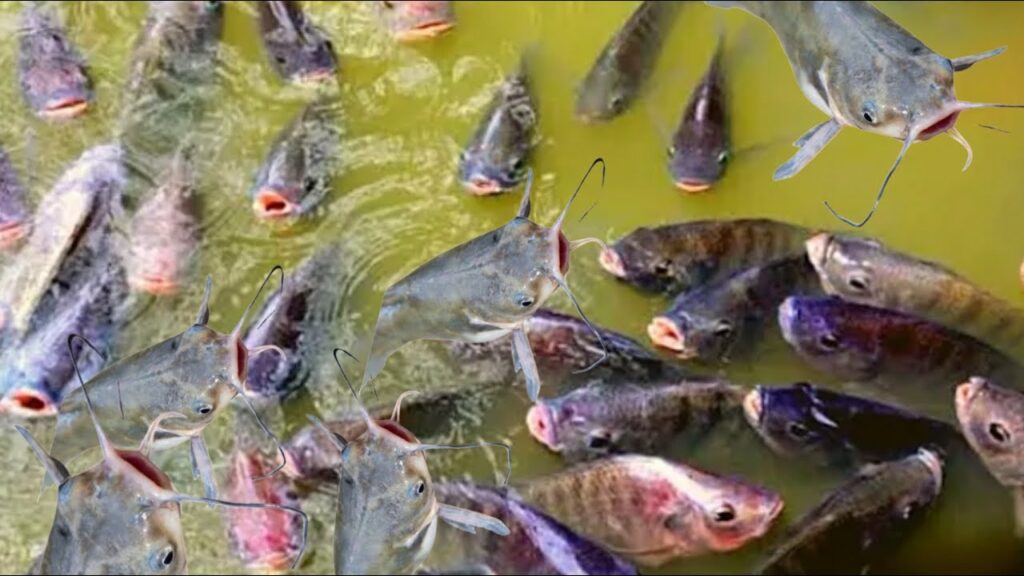Polyculture
- System in which two or more species with different habitats and different food preferences are stocked together in such densities that there will be almost no food or space competition.
- Available water is put to optimum use.
- Gives higher yields than monoculture under the same condition.
- Success depends on food supply, stocking densities and synergism.
- Common species for Chinese polyculture include Grass carp, Silver carp, Bighead carp, Black carp, Common carp, Mud carp, Crucian carp and Tilapia.
- Indian Polyculture include Catla, Rohu, Mrigal, Silver Carp, Grass carp and common carp.
- In Polyculture, feed competition is minimized through the adjustment of stocking ratio among the various fish species, and appropriate management of feeding and manuring.

Conditions of fish for polyculture
- Have complementary feeding habits
- Occupy different ecological niches
- Attain marketable size at the same time
- Tolerate each other
- All be non-predatory
Advantages
- Full utilization of feeding niche
- Full utilization of space available in the water column
- Full utilization of compatibility of species
- Full utilization of formulated feeds
- Less Chances to fail the enterprises.
- More economic return
- Less chances of epizootic disease and parasites
Disadvantages
- Difficult to harvest
- Difficult to maintain the food for all species of fish
- Need of high technical-know-how.